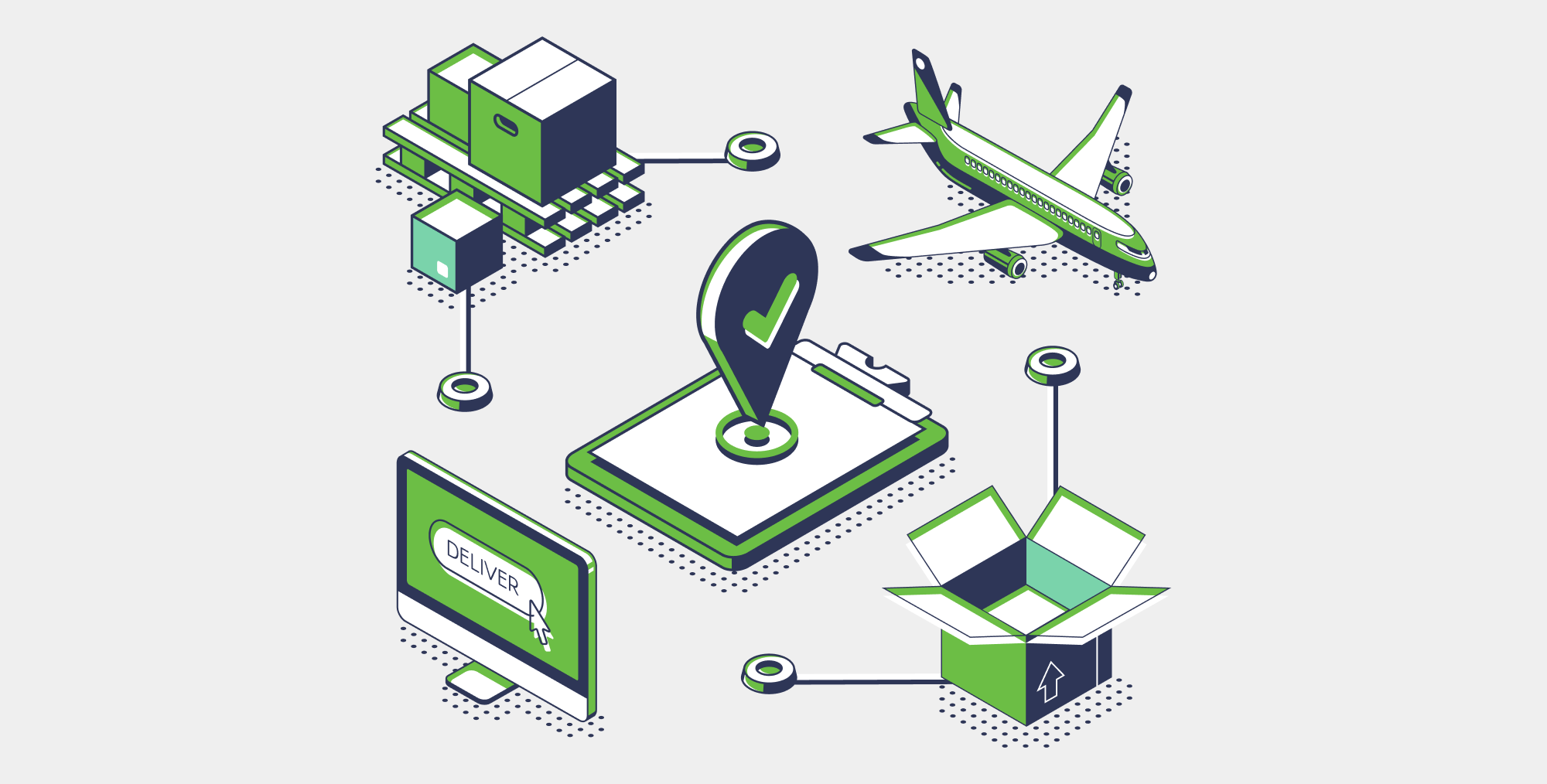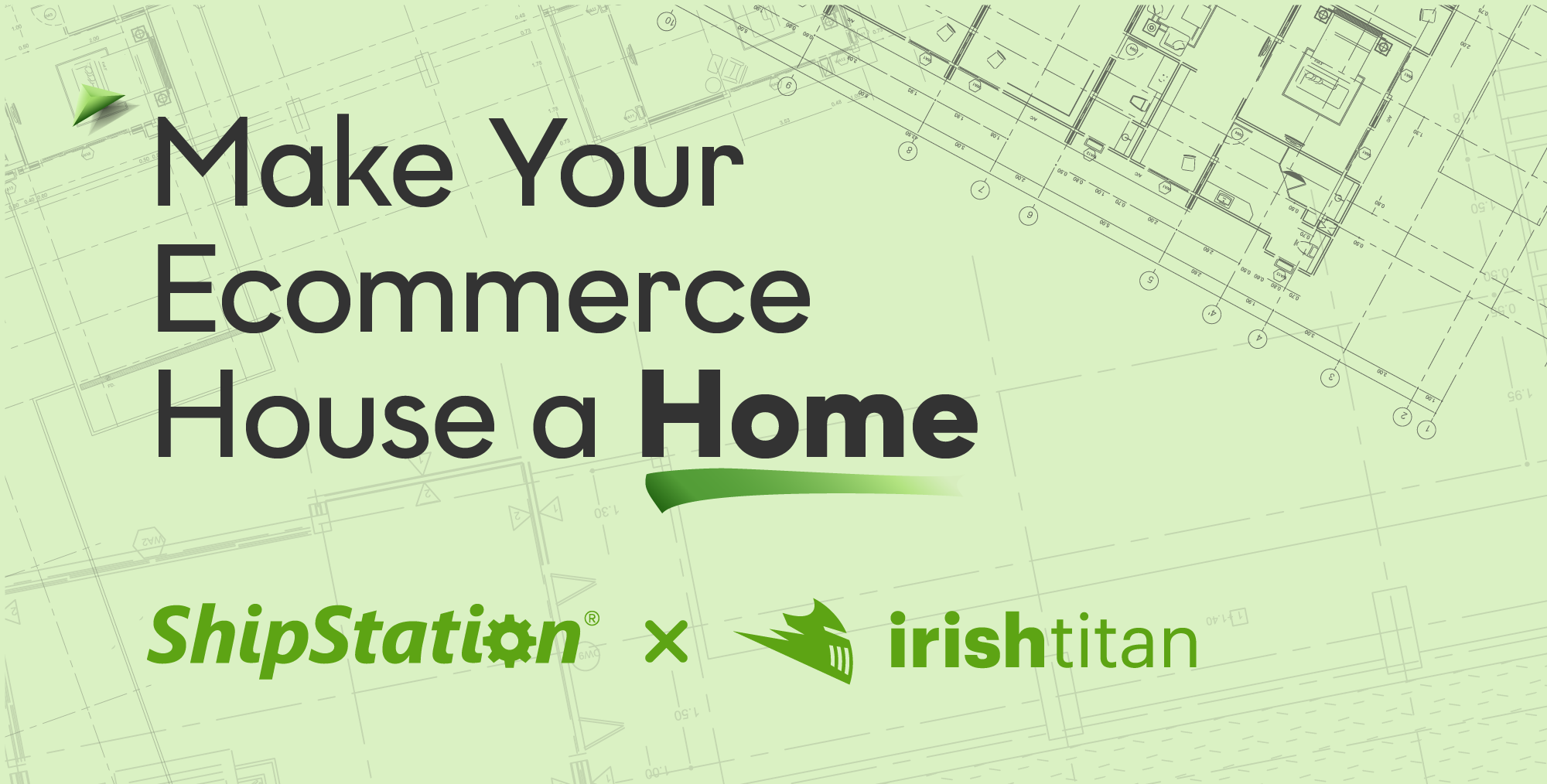Omnisend’s 6 Email Automations to Encourage Repeat Customers
You’ve fulfilled a customer order and shipped it. Job done.
Not so fast. You want that customer to return someday and make another purchase, right? You don’t want this to be the last interaction and, thus, the end of their customer journey with your brand.
Retaining customers involves nurturing. What are you doing beyond the order confirmation email? For that matter, is your order receipt just that—a digital sales record—and nothing more?
There’s an art to nurturing customers into repeat buyers. And the best vehicle for making it happen efficiently and effectively is automated messages.
Engaging customers after the purchase is a worthwhile pursuit. There’s a lot of data supporting it, from the higher expense of acquiring a new customer to the ROI affiliated with retention.
So, we encourage you to guide your customers back by using two types of email automations: transactional and post-purchase messages.
Ease into retention with transactional messages
Customers expect to receive an order confirmation email after completing online checkout. That’s a given.
Without it, you’re giving rise to second-guessing, burdening your customer support team with unnecessary queries, and surely triggering panic for the high-strung shoppers.
Not the way to kick off any relationship.
We’ll assume merchants already have this piece in place. The bigger point is that an order confirmation email, and any type of shipping update automation, are opportunities to reinforce the brand and work toward building trust.
The order confirmation email
Order confirmation emails can do more than assure customers. They can fuel sales, too.
Merchants who used Omnisend to send order confirmation messages in the first half of 2021 experienced a 26% conversion rate. In other words, one in four people who clicked on the message went on to make another purchase.
“In my opinion, that’s one of the most important emails that goes out from a company,” says Frithjof Solheim, who builds email templates and workflows as Amundsen Sports’ Ecommerce Responsible.
Amundsen Sports’ confirmation email tops standard expectations with a 32% conversion rate. Customers of the outdoor apparel shop return to primarily buy accessories and cheaper products.
The simple email features minimal text, followed by links to view the order and revisit the website. The automation:
- Accounts for 2.4% of email sends, but 16.7% of email-driven sales
- Generates a revenue-per-email (RPE) that is 9.5 times higher than the RPE of promotional emails
The shipping confirmation email
While our research indicates that shipping confirmation messages don’t lead to the same ratio of sales as order confirmations, they contribute a different type of value.
Think about the times you’ve had to wait for a package. Isn’t it nice to track where it is? You might not be happy with delays, but at least you’re not guessing as to where it has stalled in the delivery route.
We imagine your level of frustration would be higher without this peek into the shipping window—and potentially stir feelings of resentment toward the brand. If 35% of consumers trust a brand when orders are delivered on time, what does it mean when they’re not?
As ecommerce expert Lucas Walker points out, shipping snafus “reflect on your brand, whether it’s your brand’s fault or not. That’s all part of the purchase experience and they will think about your brand in connection with that.”
SMS messages are fantastic for addressing shipping delays head-on and reassuring the customer. While not an automated workflow per se, they’re another tool to use in a pinch for direct communication.
Up your game with post-purchase messages
Any ecommerce marketer who relies on marketing automations has a must-have list. The welcome email is always on it. Workflows to recapture those who abandon a shopping cart are popular, too.
The post-purchase email? It’s sometimes part of the mix and, in our opinion, too often underutilized.
Walker, of the Rolled Up Podcast Network, thinks brands that employ post-purchase emails “get more than their money’s worth.”
“You can have a little bit more fun with it,” he says. “And people are generally more receptive when they have purchased a product and exchanged money with that brand. It’s just going to pop out because customers are a little bit more familiar with you.”
The automated post-purchase email takes many forms. Here are some of our favorites.
The thank-you email
Sometimes a brand’s “thank you” is wrapped into the order confirmation email.
Other times it makes sense to reiterate your gratitude after the order has (hopefully) been received. Give it a little bit of time before reminding the customer of their purchase and, more importantly, you.
This is a chance to gain more credibility as you express your appreciation. No need to go overboard with messaging. Keep it short and consider offering an incentive to encourage their return as a paying customer.
Incentives don’t have to be a monetary discount. An offer like Old Navy’s free shipping pitch can work just as well.
The educational email
Whether you’re selling olive oil or leather jackets, there’s most likely a way to provide greater value to your customer with an educational approach.
What are important product aspects they should know? Are there tips that will help them use the product better? What can they do to get the most life out of it?
Kitchenware specialist Baking Steel has a three-part post-purchase series based on this concept. There is a series for those who purchase its primary namesake product, as well as versions for griddle and accessory buyers.
Culinary Director Craig Hastings explains how the series for the steel pizza “stone” slowly leaks the company’s favorite recipes.
Paraphrasing one message, he says, “It looks like you probably have your Baking Steel by now. Here’s our favorite dough recipe.” A few weeks later, the next message is along the lines of, “Hey, here’s our favorite pizza sauce recipe and our top pizzas that we’ve made on Instagram. Take a look and follow us along.’”
The post-purchase series produces an RPE that is 214% higher than the RPE of Baking Steel’s one-off promotional campaigns.
The “teaching moment” approach might be more manageable if you have a small product line like Baking Steel does. Concentrate on the higher-priced or unique products if you sell a wider variety.
The “tell us what you think” email
All businesses need input from customers to know what they’re doing well, along with areas begging for improvement. Email automations provide the means to acquire a better grasp of your customers’ experiences.
Requests for feedback benefit the relationship with the customer, too. Asking for their thoughts demonstrates that you value their opinions. Consider that 77% of consumers have a more favorable view of a brand that proactively attains customer feedback and acts on it.
One way to obtain a pulse is through a survey, such as the example below from beauty brand Lush. Use this technique to ask specific questions you want answered. We recommend spelling out the estimated time it takes to complete. And an enticement—a chance at snagging a gift card, anyone?—can be a great motivator.
Reviews are another option that have the added advantage of prompting user-generated content. It can be as basic as asking the customer to provide a rating on a scale of 1 to 5 and nothing more.
Alternatively, give them free reign to express what they want. SM Global Shop, for instance, dangles the chance to win a $100 gift card in exchange for writing a review of its K-pop products. The customer feedback automation is responsible for fostering between 300 and 400 reviews per month.
“We’re using them for social proof on the website,” says David Sung, the company’s digital marketing director. Explaining the role of reviews in the sales process, he adds, “It helps customers feel more comfortable when they’re purchasing it, knowing that other people have done the same.”
Reviews also provide an opportunity to be proactive and prevent a customer from churning. You might address negative feedback by offering a $20 credit toward the next order. More serious matters may merit a gift card plus a refund.
The cross-sell email
Bring a customer back into the fold by recommending a product. But not just any product.
It’s best to feature something that relates to the customer’s purchase history. This is cross-selling.
Cross-sell emails sent through Omnisend during the first half of 2021 produced a conversion rate of 20%.
Jason Wagg, founder of Effigy Agency, has seen it work. He created a post-purchase followup for an ecommerce client based on the cross-sell notion.
“With that segmentation and that super-hyper targeting, what we find is those campaigns have better open rates and click-through rates than what our welcome series does,” Wagg says. “And continually generates 15% incremental revenue.”
Here’s how you do it. Pretend you’re a shop that specializes in pet products, and your customer ordered a fish tank.
It doesn’t make sense to peddle dog food. Retarget this customer with an email that suggests complementary products to build a superb aquarium. Include not just the essentials to keep fish alive, such as filtration systems and other maintenance tools, but the fun stuff like decorative touches.
Just make sure that you’re giving your customer some breathing room. No one wants to be bombarded with a hard sales pitch soon after they’ve hit the checkout button.
Automations build trust
The automated emails we outlined aren’t comprehensive of all existing options. Consider inviting customers to a loyalty or rewards program. Or reach out if your product is of the replenishable type—such as vitamins—a little ahead of the logical reorder time.
A few tips to get you going:
- Ensure you have the right email marketing platform. An option like Omnisend provides pre-built, customizable workflows and the ability to create your own, backed with segmentation.
- Feel free to mix and match the post-purchase messaging variations. Consolidate a more elaborate “thank you” into the order confirmation. Combine a feedback request and reward program invite into one message.
- Experiment with other channels. Weave a text message or web push notification into the automation for extra oomph.
Post-purchase automations help you reinforce your brand and build trust—two components essential to convincing a customer to return for more.
Walker, the ecommerce veteran, likens the process to how he plays Monopoly.
“My house rules are that you have to go once around the board before you can start buying properties,” he describes. “So you really need to take that first step, and then you can start to move it to driving sales.”





